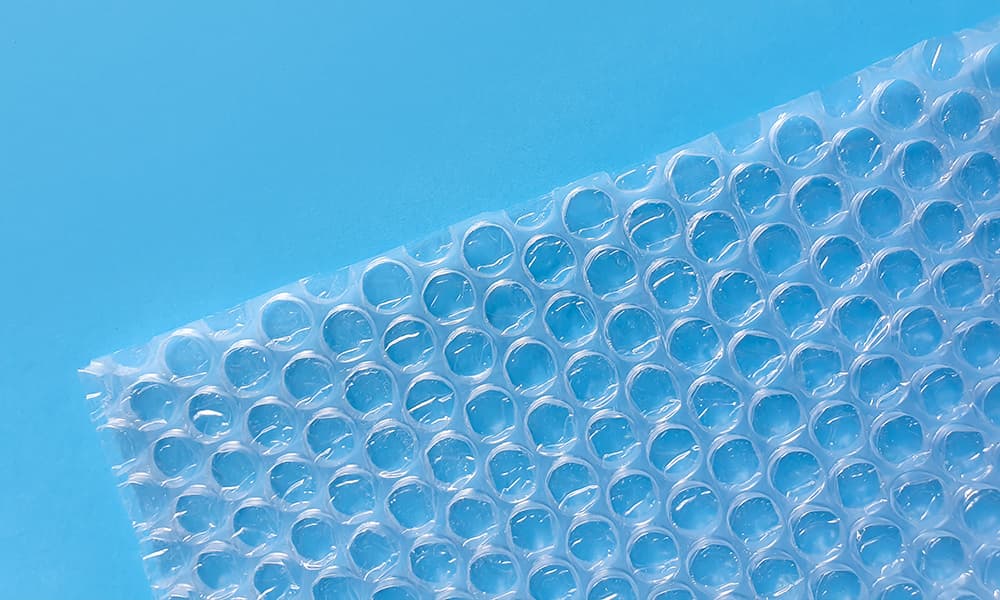Loading...
Loading...
How to Heat Your Swimming Pool
There are several possible solutions to raise the temperature of your pool a few degrees before, during and after the summer season.
A solar blanket is like bubble wrap that you lay over your pool when you aren’t swimming. During the day, the solar blanket creates a greenhouse effect that heats the water in your swimming pool. At night, it prevents water evaporation, and by the same token, heat loss.

Efficiency : can gain you up to 3°
Advantages : Very inexpensive and can also be used in combination with another pool heating system.
Disadvantages : Handling before and after every swim; only minor temperature gains.
Maintenance : Regular cleaning of solar blanket to remove accumulated debris. You also have to remember to remove the solar blanket a few times a week, even when no one is swimming, to let the water “breathe”
Price† : inexpensive, between $50 and $300 depending on the size of the pool. Ideally, you should also plan to purchase a solar blanket reel to extend the life of your solar blanket.

A heat pump uses the heat in the ambient air to heat your water. Installed at the filter outlet, the water passes through a coil that is heated with freon and then returned to the pool.
Efficiency : Takes a few days to reach the desired temperature, but maintains it easily after that.
Advantages : A low-cost way to heat your pool in the long term.
Disadvantages : Takes more time to reach the desired temperature at the start of the season. The low-end models can be high in decibels.
Maintenance : Drain hoses in the fall. Protect with a cover.
Price† : Approximately $1300-$4000 depending on the size required and which brand you buy. You should also take into account the cost of installation by a professional, and expect higher electric bills.
As the name indicates, solar water heaters are powered by the sun. Generally, the system consists of a coil of small black hose through which the pool water circulates. As the water passes through the hose, the sun heats the black hose, which in turn heats the water inside it before it is returned to the pool.

Efficiency : Depending on the weather, under ideal conditions, you might gain as much as 7°– 8°
Advantages : Eco-friendly.
Disadvantages : You must be able to place the system in a very sunny spot, weather permitting.
Maintenance : Drain the hoses in the fall and refer to the manufacturer’s manual.
Price† : Approximately $150-$400 per section for a basic system.
The following models are the ones that will let you swim in comfortable water whenever you like.

The electric pool heater is usually installed at the filter outlet and contains a heating element to heat the water as it passes through a coil.
Efficiency : +1 degree per hour
Advantages : Heats your pool quickly
Disadvantages : Depending on the electrical rates, can cost between $3 and $7 per day for 10 hours of operation.
Maintenance : Protect from the sun and bad weather. Drain hoses in fall.
Price† : Approximately $400-$1500 depending on the size needed and the type of sanitation used.
A gas water heater can run on natural gas or propane. It is placed at the filter outlet, where the water passes through a heated coil.

Efficiency : +2°-3° per hour
Advantages : The fastest system to heat your pool.
Disadvantages : Can consume up to 10 L/hour; therefore, depending on gas prices, it will need to be a budgeted expense. In addition to the gas, you should also take into account the cost of installation by a professional, and of buying or leasing a propane tank.
Maintenance : Drain hoses in the fall; and in the spring, call in a professional to clean and inspect the unit.
Price† : Approximately $1400-$4000 depending on the size you need.
To optimize your purchase, we strongly advise you to use a solar blanket in combination with your pool heater, no matter which type you choose.
*Safety Rule: It is extremely important to NEVER swim with the solar blanket on the pool.
† Prices are approximate and may vary from year to year.